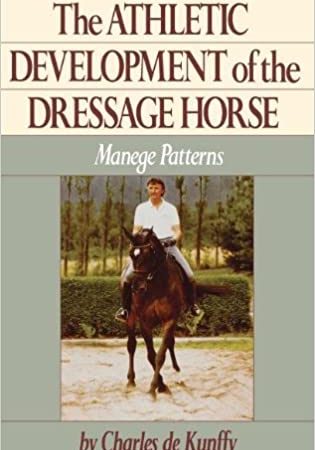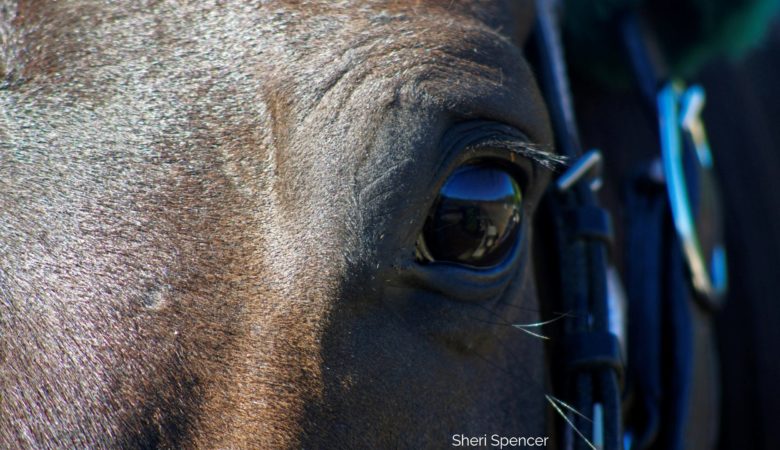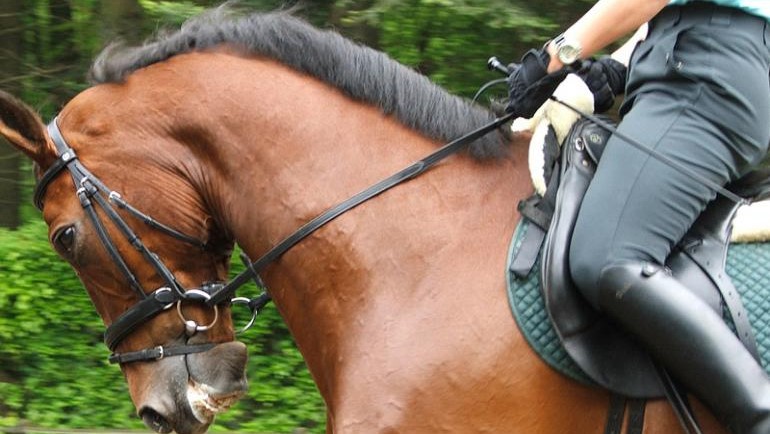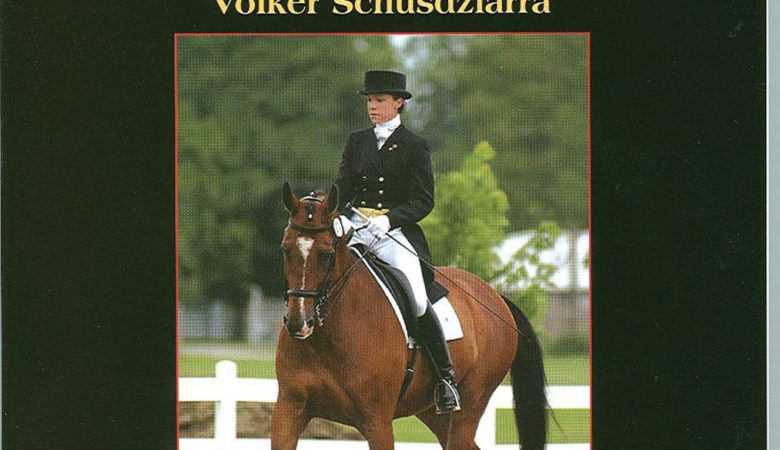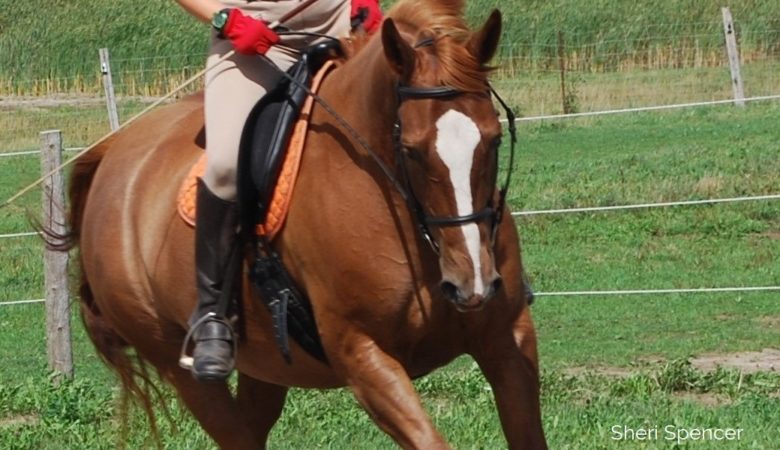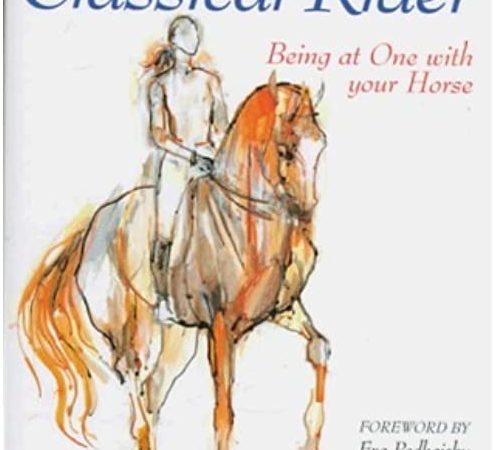In this eloquently written manual, de Kunffy encourages as much the individuality of the horse as he does the athletic development for a fully-fleshed, evolved, and liberating approach to training. He begins in genuine fashion of the Classical schools looking at rider education, and emphasizing the good that comes from accepting the horse’s individuality and sometimes-unique …
